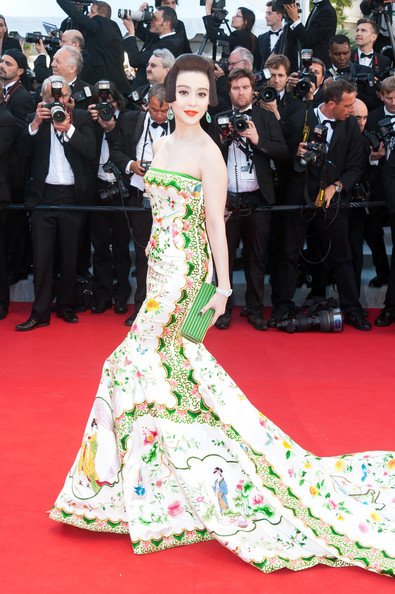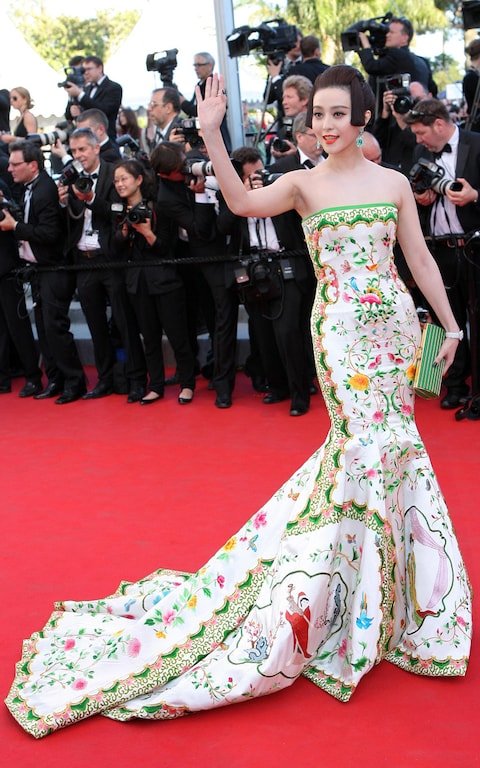It’s Time for Adaptive Fashion
Disabled people have long been ignored by the fashion industry, but it’s high time for reform, argued Sinéad Burke on the VOICES stage.
OXFORDSHIRE, United Kingdom — “My money and my existence is as valid as yours,” said Sinéad Burke, a Dublin-based teacher, PhD student and fashion blogger who is 105 centimetres (or three foot five inches) tall. She has become an advocate for little people, who often face major challenges in many aspects of life — including fashion, where neither clothes nor retailers cater to their needs.
“I have spent my whole life trying to convince the world that I am intelligent, articulate, professional and an adult," continued Burke, who spoke both on the VOICES stage and on the sidelines of the event, hosted in partnership with QIC Global Real Estate. "And yet the fashion industry, unintentionally or not, does the exact opposite by what it offers.”
Burke loves fashion because it allows her to reclaim her own narrative through personal expression. “It gives me a lens to view the world and the world a lens to view me.” And yet, her clothing options are severely limited. Burke also faces countless obstacles when shopping for clothes. For example, she finds it impossible to reach rails on the shop floor or see shelves of accessories. At the cashier desk, she is often unable to pay.

As a result, she works closely with a seamstress to make adjustments to clothes so they better suit her physique. “But there are two challenges: additional expense, and I don't get to relish in that immediate emotion of buying something in a store or online and you're thrilled and wear it immediately,” explained Burke.
“When I go shopping with my friends who are abled, they can go anywhere and I have to go somewhere else to find adaptive fashion,” continued Burke, referring to clothes that are unconventional in size and fit to accommodate people with physical disabilities. “In an attempt to be inclusive, we can actually be exclusive by saying that this section is for plus-size people, and this is adaptive for the disabled market, or this is for the elderly market. Why is not possible to just have a fashion industry that caters to the different spectrum of abilities that exists within society?”
Fifteen percent of the world’s population (1.2 billion people) have a physical or mental disability. Globally, disabled people’s combined spending power is $2.1 trillion, and reaches $6.9 trillion when families, parents and carers of disabled people are taken into account.
.jpg)
.jpg)
